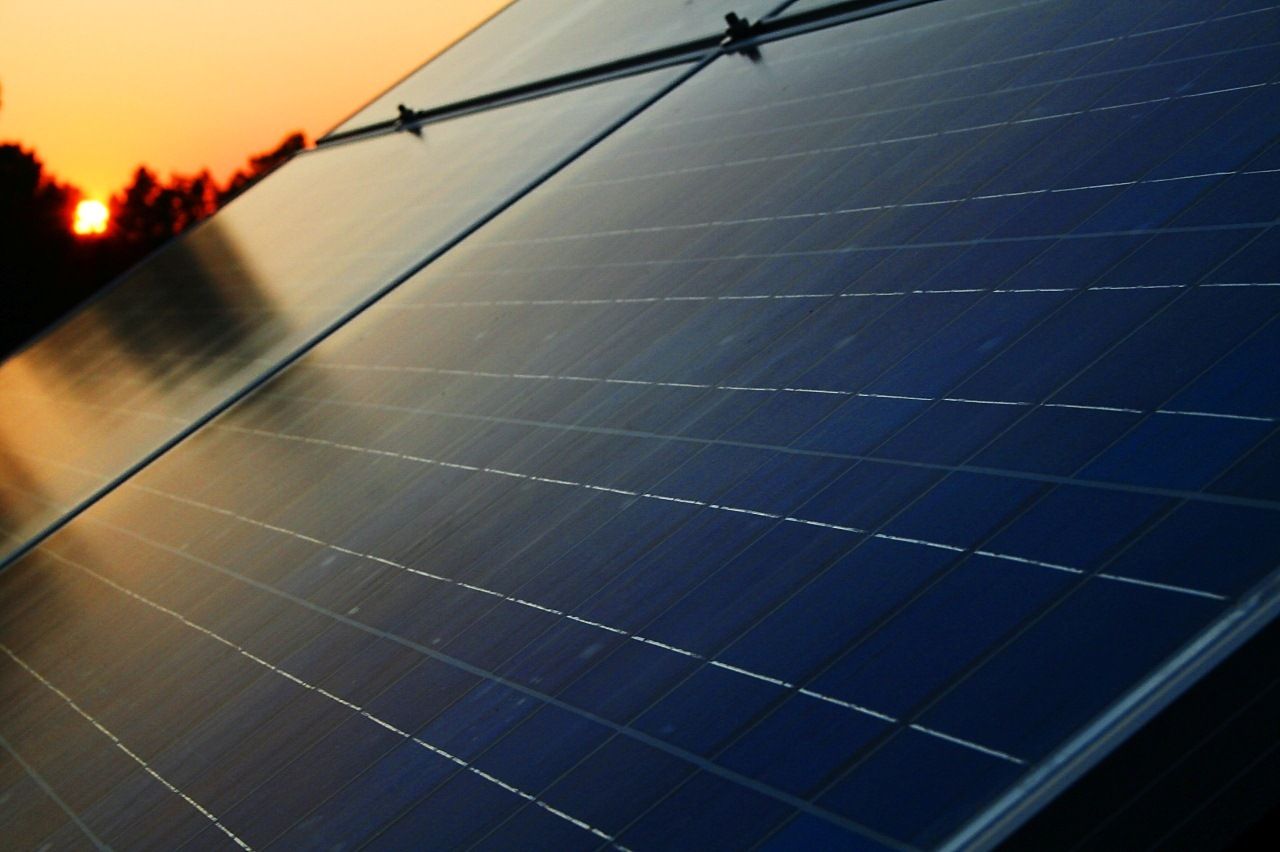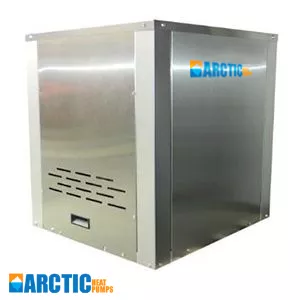With the increasing environmental concerns our world witnesses on a regular basis, the prospect of solar power is attractive, to say the very least. The idea of reducing utility bills to the bare minimum, has more individuals interested in running their homes on natural &comparativelyfree of cost energy. A solar panel grid tie not just cuts costs while offeringtotalelectrical energy to a home, but also recycles the power to eventually break even any investment made and probably, even turn a profit.
A solar panel grid tie is designed to produce energy for your home, while concurrently feeding energy back into the grid of your utility company. These ties are directly affixed to your utility meter, and when you startto produce more energy than you’re utilizing from your utility firm, your meter will decline, and eventually run reversed. Instantly, a cost reducer is identified by limiting a monthly payout of needless electricity that can be free, provided by a natural source. Absorbing energy from the sun, these panels clearly save you big on energy cost.

The advantages of solar on grid systems:
Unlike other types of solar systems, the on-grid solar systems are the most widespread in residential, commercial and industrial fields, as it doesn’t need employing any sort of batteries.
The on-grid system is also known as a photoelectric system producing suitable power for those who wish to decrease their bill expenditures and also have an alternative form of power generation plant.
- These systems are easier to install compared to an off-grid system
- You don't require batteries
- You can sell your excess power to the grid and offset your costs
- Businesses can recover the cost of their investment by offsetting electricity bills in just 3 to right years
- You can often get rebates through incentives for installing PV systems
Looking to invest on high-quality Solar on Grid Systems? Feel free to get in touch with 123 Zero Energy - Canada’s top supplier of DIY Green Energy Systems for home owners & contractors.

